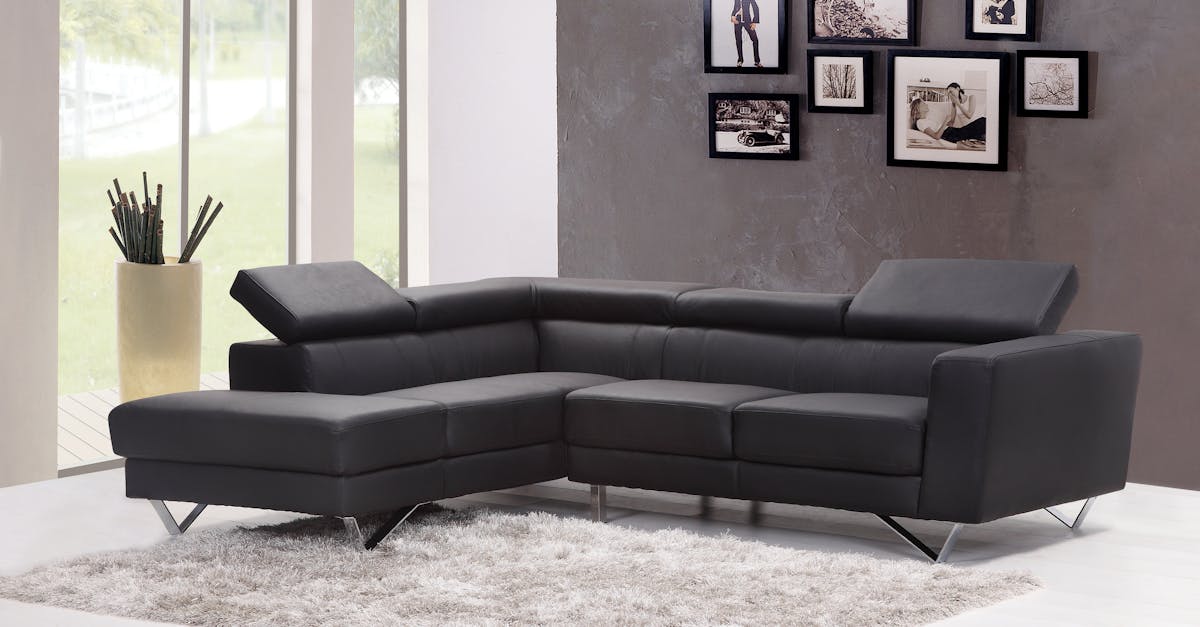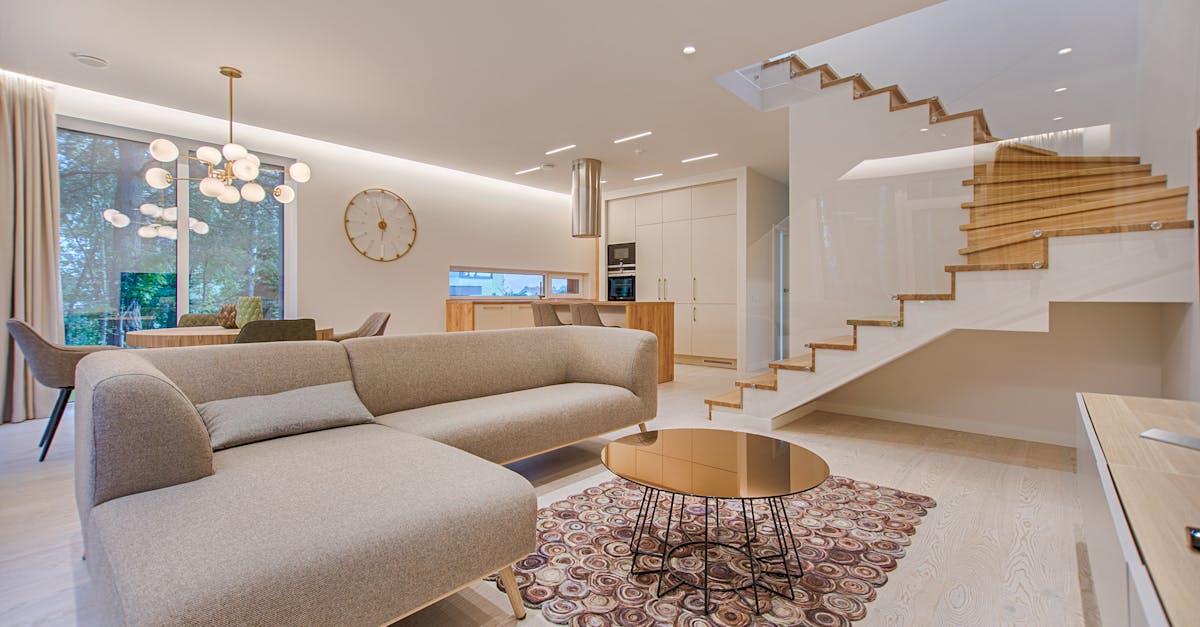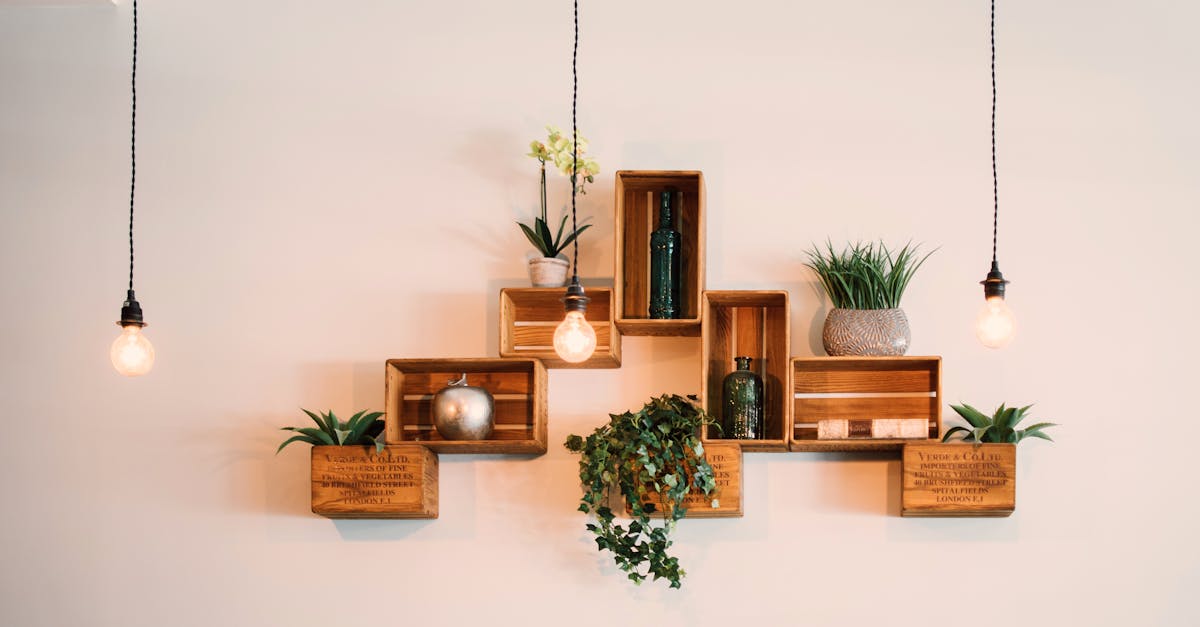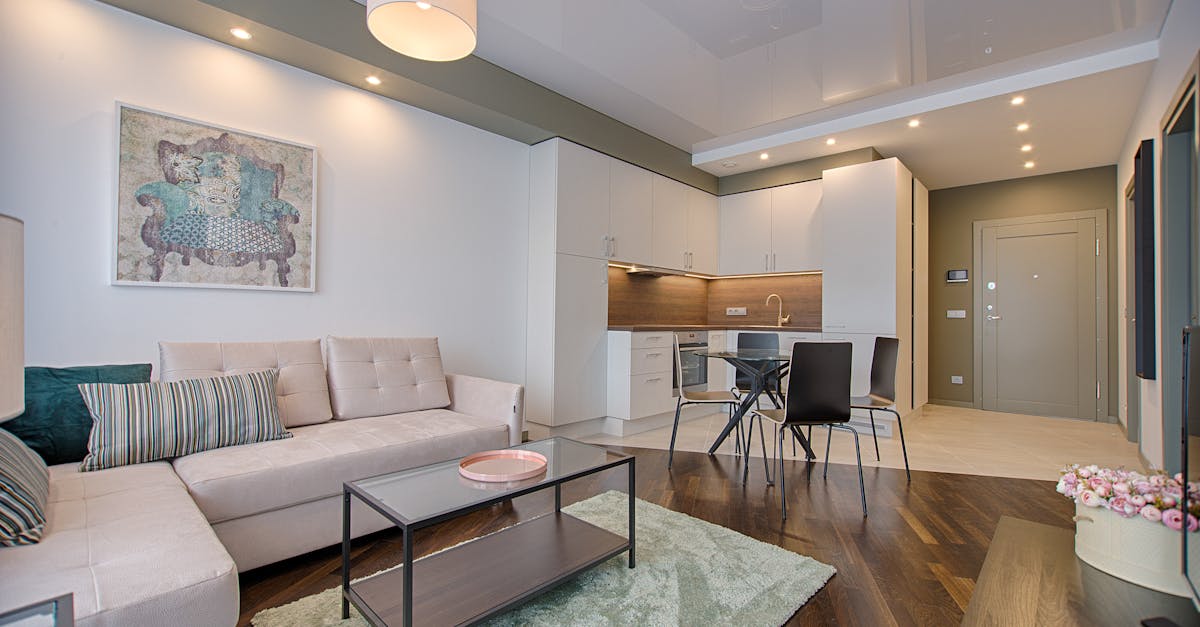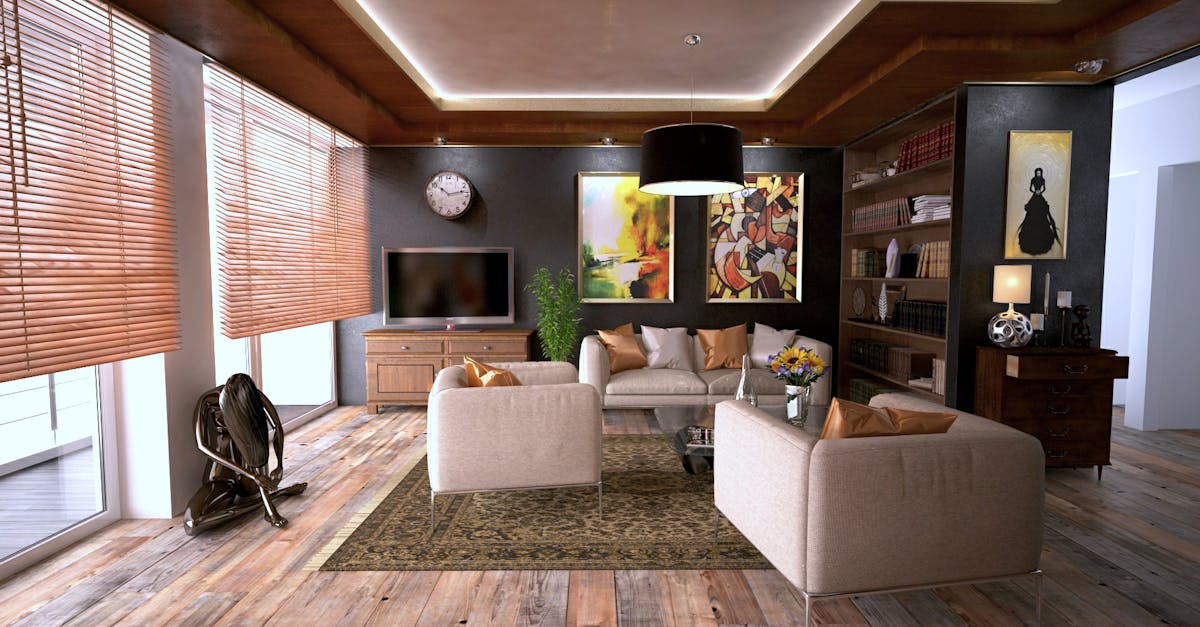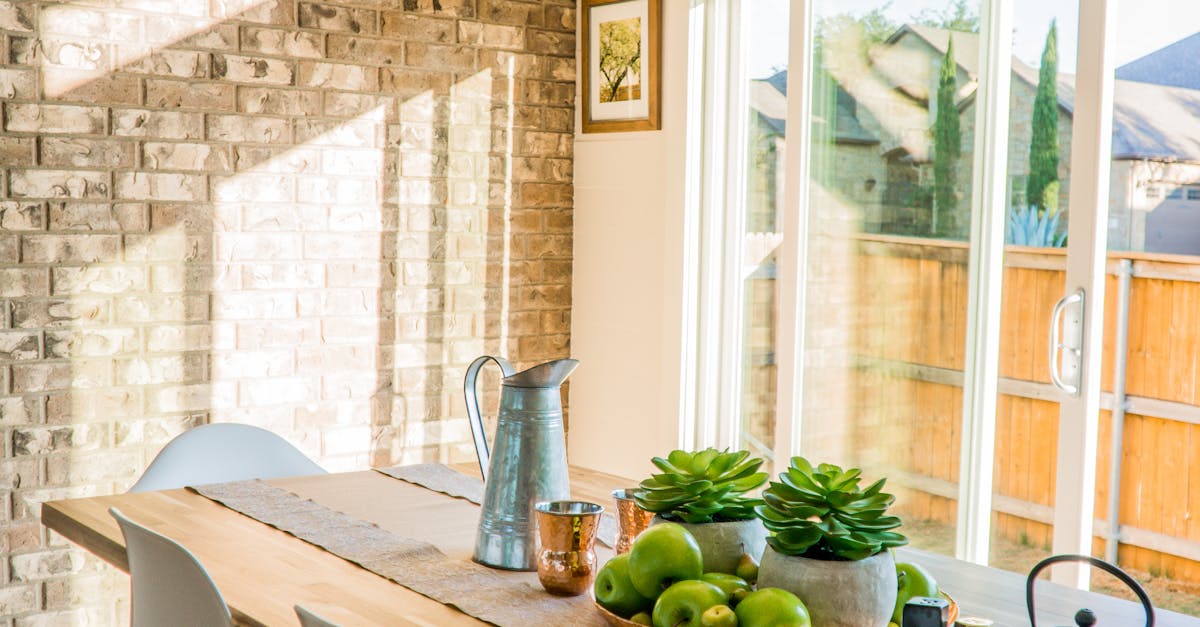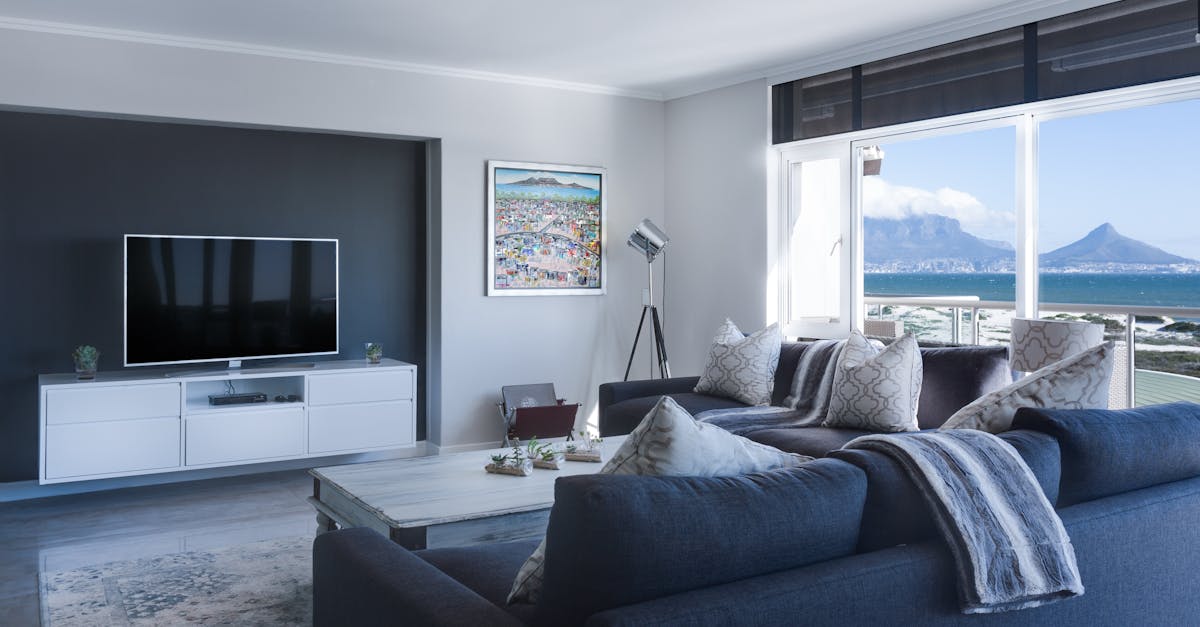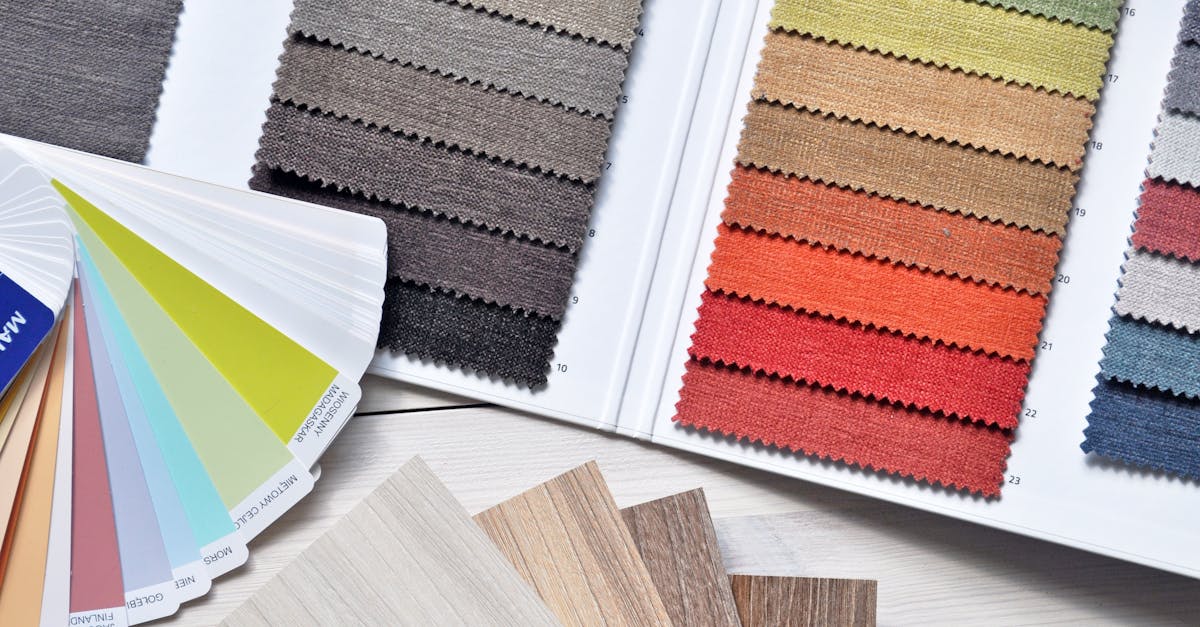
Table Of Contents
Key Differences Between Rendering and Designing
Rendering and design are two distinct processes in the world of architecture and interior design. While both are essential for bringing a concept to life, they serve different purposes in the creative process. Rendering involves creating realistic images or animations of a design concept, allowing clients to visualize the finished project before construction begins. In contrast, designing focuses on the actual planning and creation of a concept, including layout, structure, and aesthetics.
Rendering and Visualization in Kleinburg are commonly used to showcase the finer details of a design, such as materials, lighting, and finishes, providing a more comprehensive understanding of the project. On the other hand, designing in Kleinburg involves the initial brainstorming, sketching, and drafting stages where the concept is developed and refined. While both rendering and designing are integral to the design process, they require different skill sets and expertise to execute effectively.
Contrasting Rendering and Designing Techniques
Rendering and visualization in London are key components in the world of architecture and design. Understanding the differences between rendering and designing techniques is vital in creating impactful visual representations. When it comes to rendering, the focus is primarily on producing realistic images or animations of a design concept. This involves using specialized software to add textures, lighting, and details to bring a project to life visually. On the other hand, designing encompasses the entire process of conceptualizing and creating a project. It involves generating ideas, making sketches, and developing the overall layout and structure of a design before moving on to the rendering phase.
Tools Used in Rendering
Rendering and visualization have become integral parts of design processes, particularly in Burlington where architectural and interior design projects are thriving. An essential tool used in rendering is computer software. Programs like AutoCAD, SketchUp, and V-Ray are commonly employed to create realistic visual representations of designs. These software applications help designers bring their concepts to life by simulating lighting, textures, and materials in a captivating way.
Apart from software tools, hardware devices play a crucial role in the rendering process. Powerful computers with high-performance graphics cards are employed to handle complex rendering tasks efficiently. Additionally, high-resolution monitors and graphics tablets are utilized to fine-tune details and enhance the overall quality of the rendered images. In Burlington, where aesthetics and precision are paramount in design, investing in top-notch rendering tools is essential for professionals to deliver exceptional results.
Overview of Rendering Tools and Software
When it comes to rendering and visualization in Saint Catherines, there are various tools and software available to assist in creating realistic and immersive designs. One of the popular rendering tools used by designers is Autodesk 3ds Max, known for its powerful rendering capabilities and versatility in creating detailed 3D models and animations. Furthermore, V-Ray is a widely used rendering software that integrates seamlessly with 3ds Max, providing advanced lighting and shading options for achieving high-quality renderings.
Apart from the aforementioned tools, designers also frequently utilize Lumion for rendering purposes. Lumion offers a user-friendly interface that enables quick and efficient rendering of architectural designs, making it a go-to choice for many professionals in the field. Additionally, Twinmotion is another notable rendering software that excels in creating visually stunning real-time visualizations, allowing designers to showcase their projects in a dynamic and engaging way. Rendering tools and software play a crucial role in bringing design concepts to life and enhancing the overall visualization process in projects based in Saint Catherines.
Tools Used in Designing
Designers utilize a wide array of tools to bring their creative visions to life. From graphic design to architectural planning, these professionals heavily rely on design software to materialize their concepts. In Mississauga, designers often turn to programs like Adobe Creative Suite, AutoCAD, and SketchUp to produce detailed drawings and models. These tools enable them to draft layouts, create illustrations, and seamlessly communicate their ideas to clients and stakeholders. Rendering and visualization in Mississauga is taken to a whole new level with the advanced features and capabilities of these designing tools.
Furthermore, the emergence of virtual reality (VR) and augmented reality (AR) technologies has revolutionized the designing process. These innovative tools allow designers to immerse themselves and their clients in virtual environments, providing a realistic preview of the final outcome. By incorporating VR and AR into their workflow, designers in Mississauga can offer interactive experiences, make real-time adjustments, and gain valuable insights into spatial arrangements. These cutting-edge technologies enhance the overall design process, fostering creativity and innovation in the field of rendering and visualization in Mississauga.
Overview of Designing Tools and Software
When it comes to the tools and software used in the designing process, designers in Kleinburg have a variety of options at their disposal to bring their creative visions to life. One of the fundamental tools used in designing is computer-aided design (CAD) software. CAD software allows designers to create precise and detailed 2D and 3D models of their projects, providing a solid foundation for the entire design process. These programs enable designers to experiment with various concepts and ideas before finalizing their designs, leading to more efficient and effective outcomes.
Furthermore, graphic design software plays a crucial role in the designing process, allowing designers to create visually appealing graphics, layouts, and illustrations for their projects. Programs such as Adobe Photoshop, Illustrator, and InDesign are commonly used by designers in Kleinburg to enhance the aesthetics of their designs. By incorporating these digital tools into their workflow, designers can achieve greater levels of creativity and versatility in their projects. Rendering and Visualization in Kleinburg are greatly influenced by the use of these design tools and software, enabling designers to bring their ideas to life in a seamless and captivating manner.
FAQS
What is rendering in the context of design?
Rendering refers to the process of creating a realistic image or visualization of a design concept using software tools.
How does designing differ from rendering?
Designing involves the initial conceptualization and creation of a layout or structure, while rendering focuses on transforming that design into a visually realistic representation.
Can a designer also be a renderer?
Yes, a designer can also be skilled in rendering, as the two processes are often interconnected in the field of design.
What are some common tools used in rendering?
Common tools used in rendering include software programs such as Autodesk 3ds Max, V-Ray, and Lumion, which help designers create lifelike visualizations of their designs.
Are the tools used in designing different from those used in rendering?
While there is some overlap in the tools used for designing and rendering, designing tools such as Adobe Photoshop and Sketch are more focused on creating the initial design concept, whereas rendering tools are specifically tailored for creating realistic visualizations.
